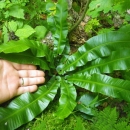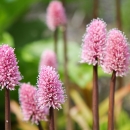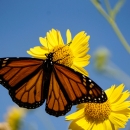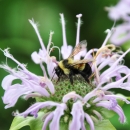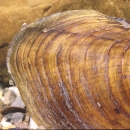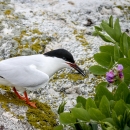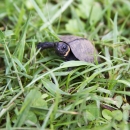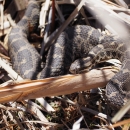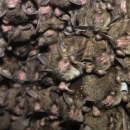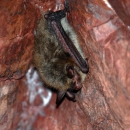Featured Species
Federally Listed, Proposed, and Candidate Species in New York State
As the principal federal partner responsible for administering the Endangered Species Act (ESA), we take the lead in recovering and conserving our Nation's imperiled species by fostering partnerships, employing scientific excellence, and developing a workforce of conservation leaders.
As we work in partnership with others, our two major goals are to:
- Protect endangered and threatened species, and then pursue their recovery; and
- Conserve candidate species and species-at-risk so that listing under the ESA is not necessary.
The U.S. Fish and Wildlife Service’s endangered species responsibilities include the following:
- Listing, reclassifying, and delisting under the ESA
- Providing information and biological opinions (through the Project Reviews process) to federal agencies on their activities that may affect listed species
- Enforcing species protection under the Act
- Overseeing recovery activities for listed species
- Providing for the protection of important habitat
- Providing assistance to states and others to assist with their endangered species conservation efforts
For definitions and details on the meaning behind species listing statuses, follow the links below:
Quicklinks (external links noted with icon):
Atlantic sturgeon:
NYSDEC Atlantic sturgeon information
Federal register notice
Bald eagle:
NYSDEC management
Protection of eagles, definition of disturb
Black rail:
Federal Register Final 404d Rule
Bog turtle:
NEPARC Disinfection of Field Equipment to Minimize Risk of Spread of Chytridiomycosis and Ranavirus
NYDEC Fact Sheet
Natural Resource Conservation Service's soil maps
U.S. EPA Wetlands
State of Connecticut Bog Turtle Fact Sheet
State of New Jersey Bog Turtle Fact Sheet
Dwarf wedgemussel:
NYSDEC information
USFWS fact sheet
Mussel survey guidance (for any mussels)
Eastern massassauga:
NYSDEC Website
Survey Protocol
Fact Sheet
Frosted elfin:
Species Assessment
Mussels:
Mussel survey guidance (for any mussels)
New England Cottontail:
FWS fact sheet
Northeastern bulrush:
Rediscovered in New York 2010
Northern long-eared bat:
U.S. Fish and Wildlife Service reclassifies northern long-eared bat as Endangered under the Endangered Species Act
Winter hibernacula locations (1-mile buffer for initial screening)
Towns with maternity roosts
Piping plover:
Great Lakes Piping Plover
Lake Ontario Piping Plover
Roseate Tern:
5-year review initiated
Rusty-patched bumble bee:
Note: We are unaware of any current locations of this species in NY and there are no requirements to survey or consider this species during project reviews at this time. If you are interested in conducting surveys for this species or interested in pollinator conservation in general, please contact our office.
Shortnose sturgeon:
NOAA Shortnose sturgeon information

